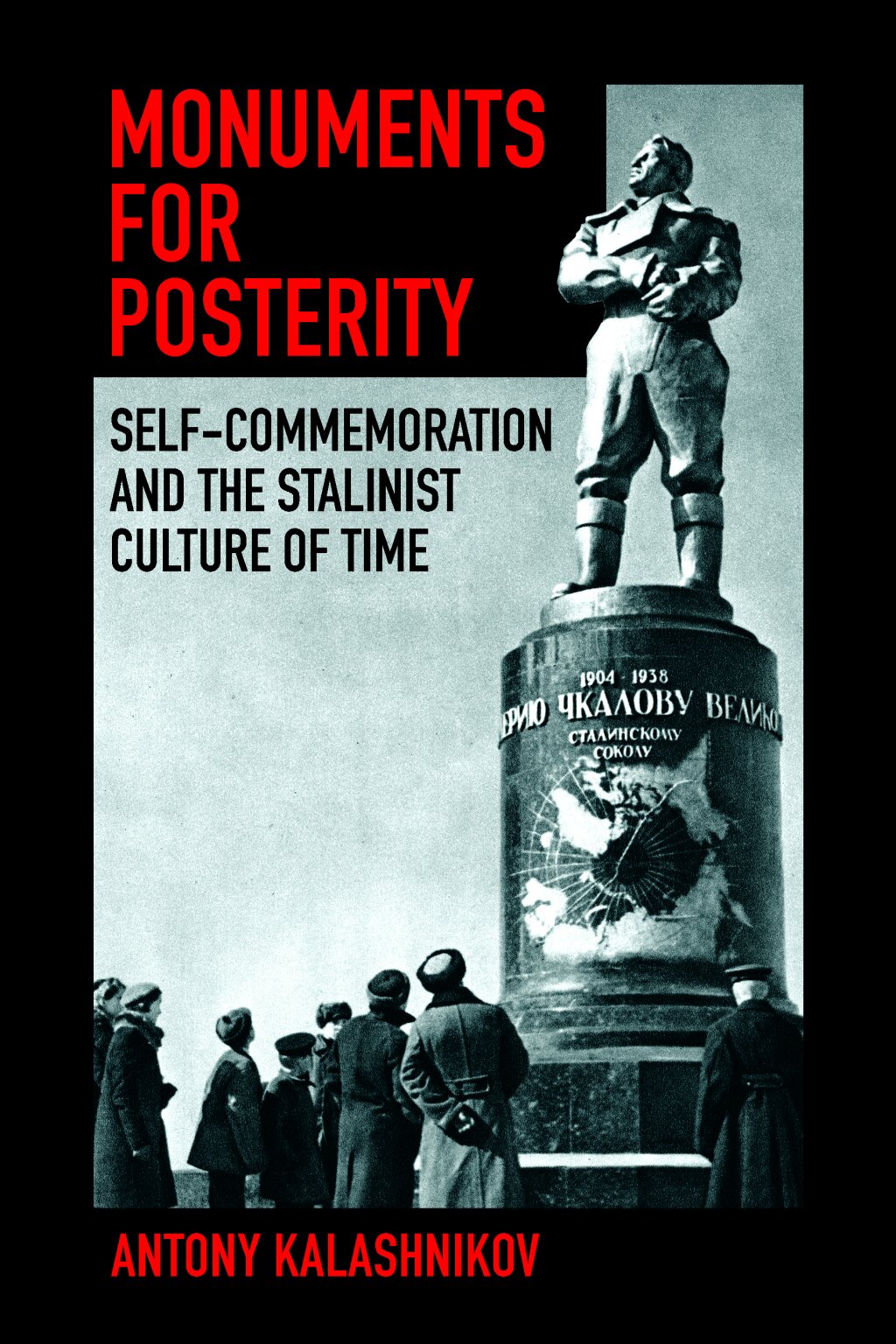Featured
Time, Objectified: Introducing a New Collected Volume on the Materialization of Soviet Temporalities
In the USSR, there was no such thing as a singular, coherent "Soviet temporality," an assumption of scholarship that foregrounds the unity of Marxist-Leninist historicism.
Excerpt from "Monuments for Posterity: Self-Commemoration and the Stalinist Culture of Time," Part III
Synthesis—the practice of uniting architects, artists, and sculptors in concept, development, and design—was a general feature of Stalinist artistic practice, but it offered unique advantages for crafting monuments that would...
Excerpt from "Monuments for Posterity: Self-Commemoration and the Stalinist Culture of Time," Part II
Neither monument building as a practice nor the desire for perpetuating memory were limited to official culture and its “true believers.” Rather, the value of being remembered was shared, and...
Excerpt from "Monuments for Posterity: Self-Commemoration and the Stalinist Culture of Time," Part I
Only through self-commemoration could the Stalinist memory regime complete the intergenerational chain of memory, assuring individuals that their community possessed not only an ancient past, but also a limitless future.





